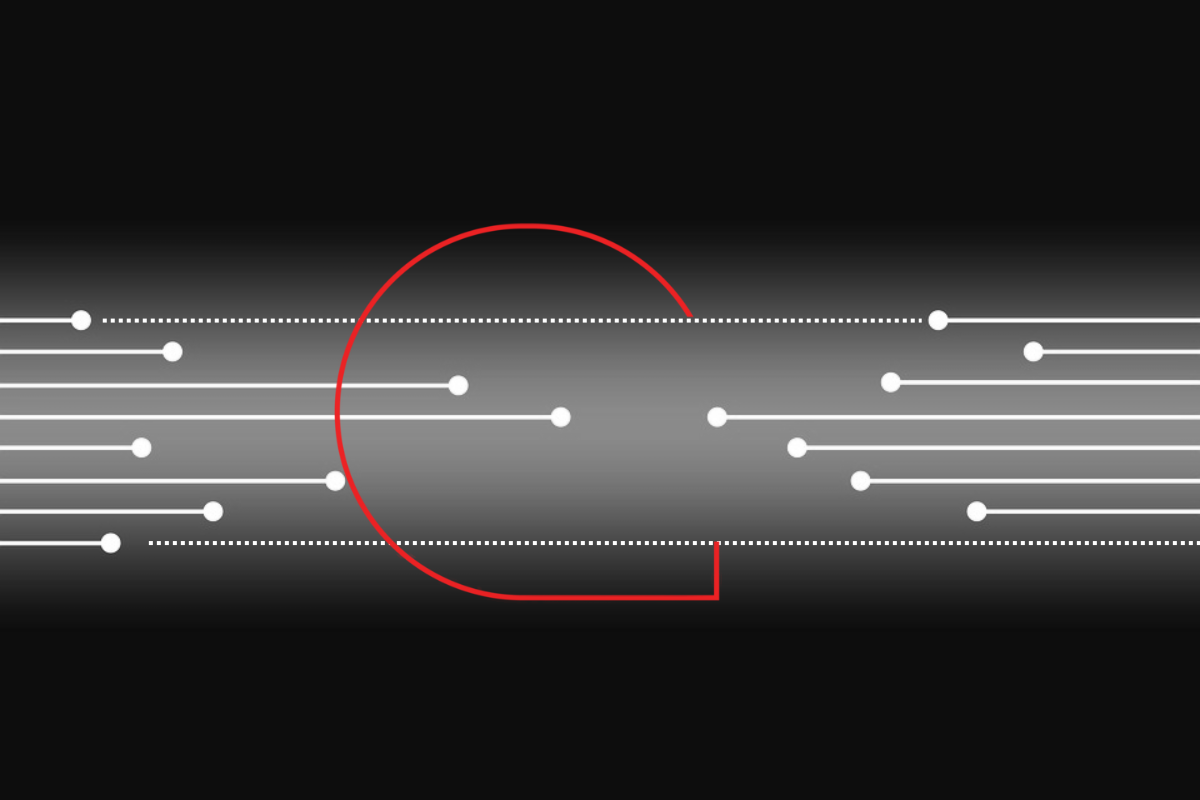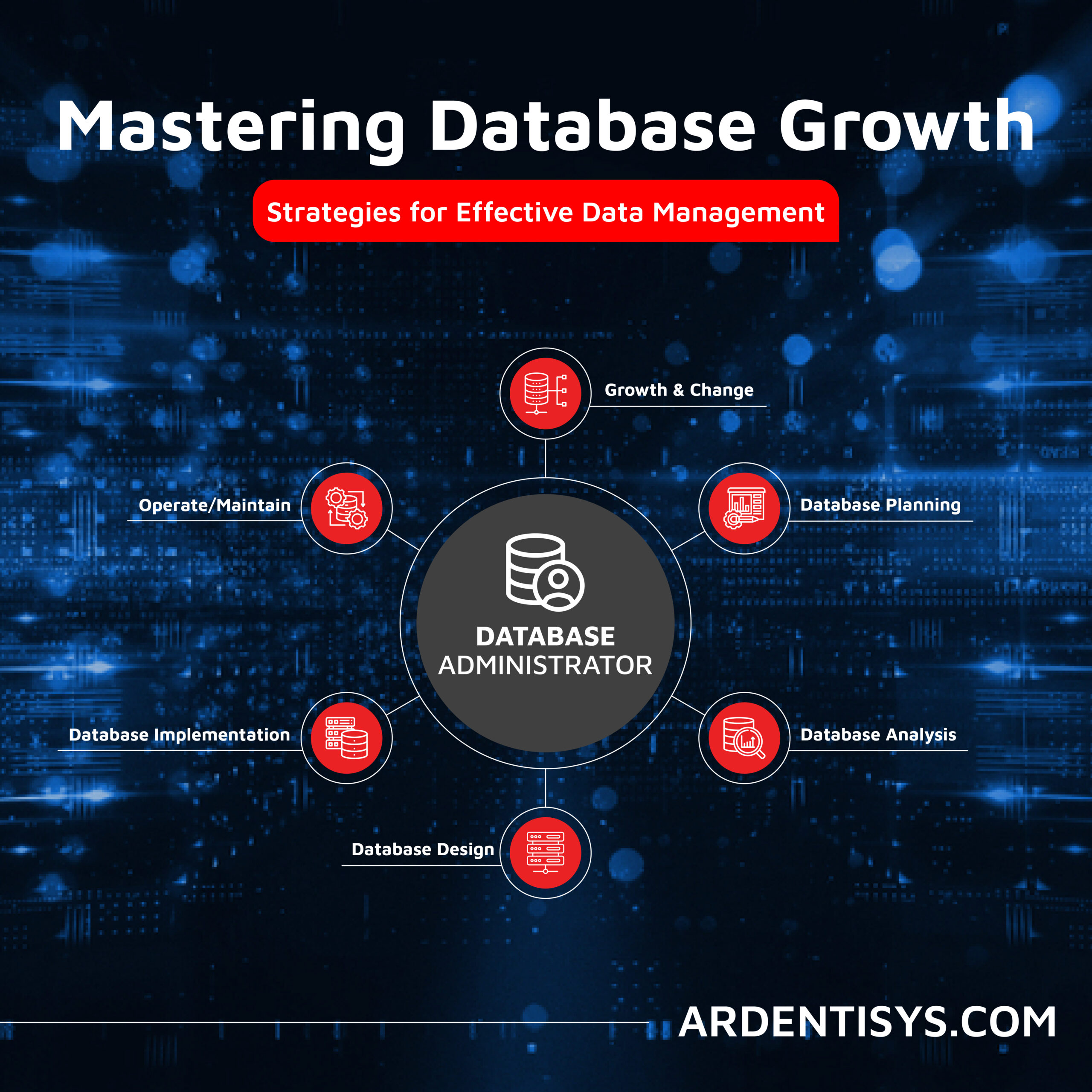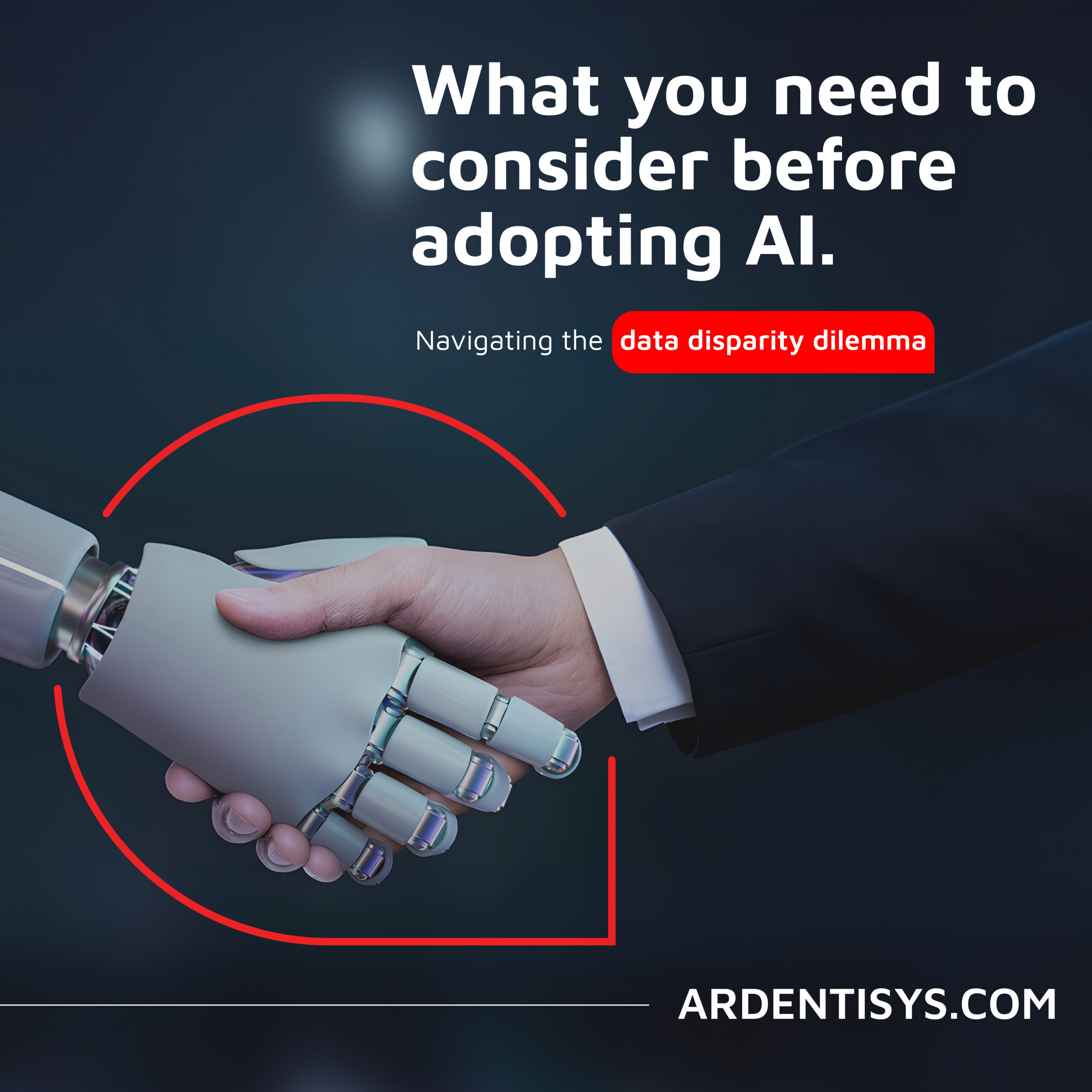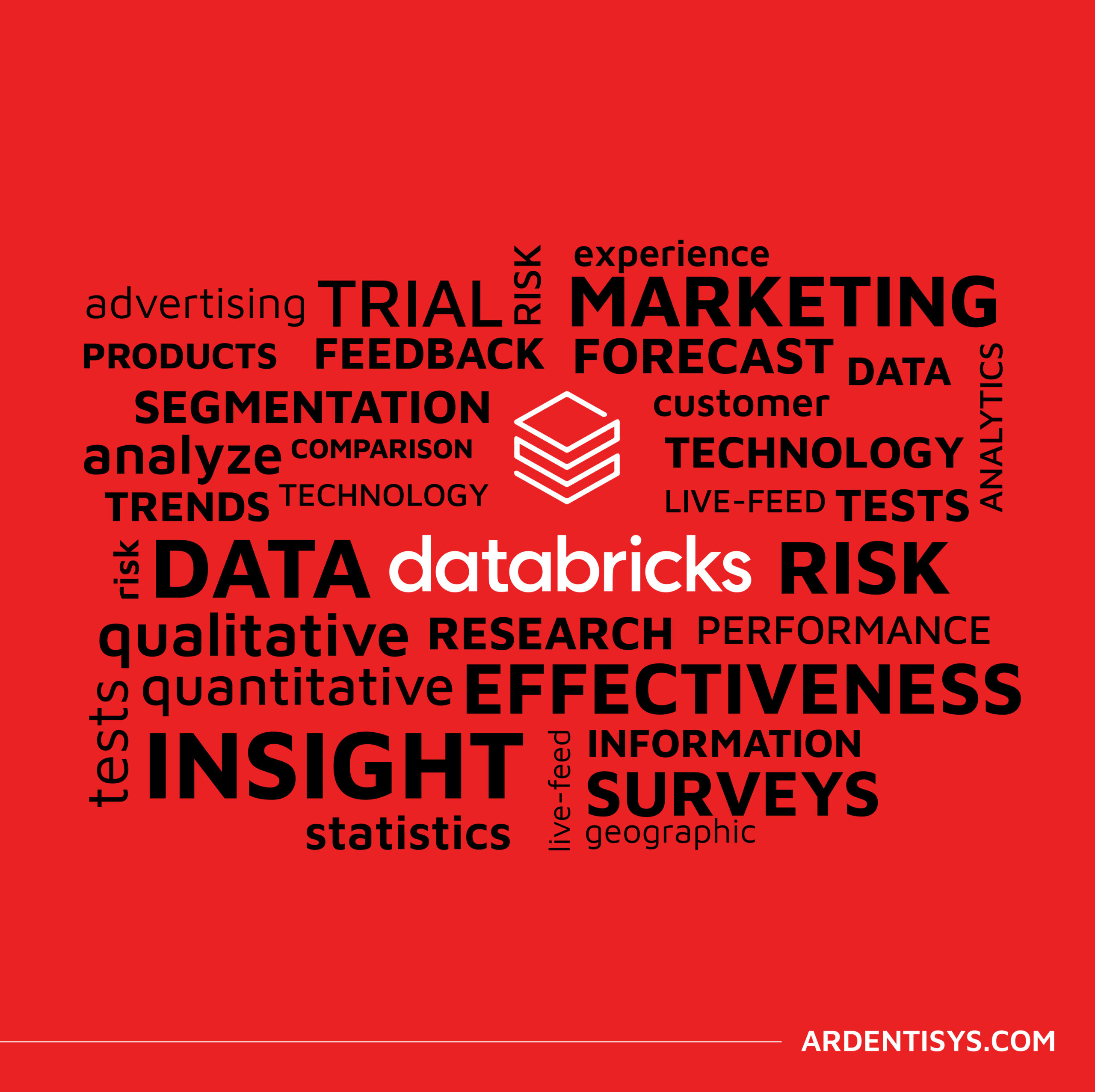Batch, Stream, Real-Time Processing: A Comparison
21 November 2022 | Noor Khan

The bigger your company grows, the more data it will generate, and the more complex your data requirements become. There are a number of key challenges with data management, and if you are not prepared to make informed, researched decisions, you may end up spending time, money, and resources on data storage and management methods that are not suitable for your needs.
Batch, Stream, and Real-Time Processing are all different methods of handling the data when you are building data pipelines and determining how the information will be formatted, handled, and even how often the actions will be taken.
What is Batch Processing?
Batch processing is a process where large amounts of non-continuous data are gathered together at various or specifically specified time points and are sent processed together in large data batches. This is frequently used to minimise the stress on processing and storage, and for data which is not time-sensitive and does not have to be handled in real-time. This sort of robust, scalable data pipeline allows for regular data updates and in-depth reporting with data collated from various sources.
What is Stream Processing?
Stream processing is a ‘near real-time’ process, where the action is taken on data at the time it is created. The technique involves collating and handling a continuous data stream and quickly analyse, filter, transform, or enhance the data in close to real-time.
Once the process has been undertaken, the data is then passed either to an appropriate data pipeline for use on an application, another stream processing engine for different purposes or to a data store for filing. You may often see Stream Processing described as being ‘real-time’, however as the best systems still can have around a microsecond delay in processing the information, it is technically not real-time, but rather very, very close to it.
What is Real-Time Processing?
Real-Time processing involves a process where there is immediate action on data, and it requires a continuous flow of data as an output to process the information with no pauses or delays.
Because of this need for constant input, the process can be very resource heavy, it requires expert operational monitoring and support with high data availability running continuously without errors, and capable of handling input successfully from multiple sources. Real-Time data processing is most often seen in systems that require real-time oversight and interaction, such as Cash Machines, control systems, and some mobile devices.
How do Batch, Stream, and Real-Time processing compare to Eechother?
Each different type of data management and handling is used for different circumstances and reasons. If you have data that must be actioned as quickly and regularly as possible, then you would look at real-time processing. If you need regular monitoring and updates, but it is not necessary to handle it at the moment it was created, then stream batching is appropriate; and if your data can be batched and managed in scheduled blocks – then batching is most suitable.
Your needs, the type of data, how often you need them processed, and whether you have a system that is robust, error-free, and capable of handling the different techniques, will determine what type of data processing is best for your needs.
Ardent data pipeline development services
Ardent expert data engineering teams have worked with a variety of clients and data to effectively process and deliver data on a batch, stream and real-time basis. For a market research client, we collated data in a 10TB data lake with near real-time (stream) processing of social media. If you are looking to work with experienced and highly skilled data engineers that have a track record of proven success in data engineering and data pipeline development, we can help. Whether you are looking to process your data on a batch, stream or real-time basis, we can build the infrastructure to make it happen. Get in touch to find out more so we can get started on finding a solution that is right for your data and organisation.
Ardent Insights

Overcoming Data Administration Challenges and Strategies for Effective Data Management
Businesses face significant challenges to continuously manage and optimise their databases, extract valuable information from them, and then to share and report the insights gained from ongoing analysis of the data. As data continues to grow exponentially, they must address key issues to unlock the full potential of their data asset across the whole business. [...]
Read More... from Batch, Stream, Real-Time Processing: A Comparison

Are you considering AI adoption? We summarise our learnings, do’s and don’ts from our engagements with leading clients.
How Ardent can help you prepare your data for AI success Data is at the core of any business striving to adopt AI. It has become the lifeblood of enterprises, powering insights and innovations that drive better decision making and competitive advantages. As the amount of data generated proliferates across many sectors, the allure of [...]
Read More... from Batch, Stream, Real-Time Processing: A Comparison

Why the Market Research sector is taking note of Databricks Data Lakehouse.
Overcoming Market Research Challenges For Market Research agencies, Organisations and Brands exploring insights across markets and customers, the traditional research model of bidding for a blend of large-scale qualitative and quantitative data collection processes is losing appeal to a more value-driven, granular, real-time targeted approach to understanding consumer behaviour, more regular insights engagement and more [...]
Read More... from Batch, Stream, Real-Time Processing: A Comparison






